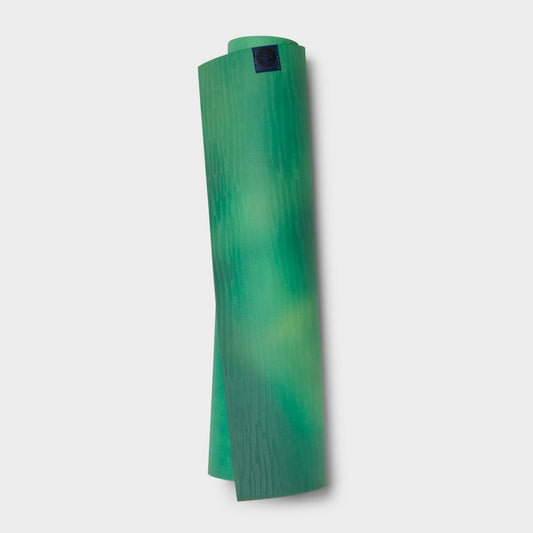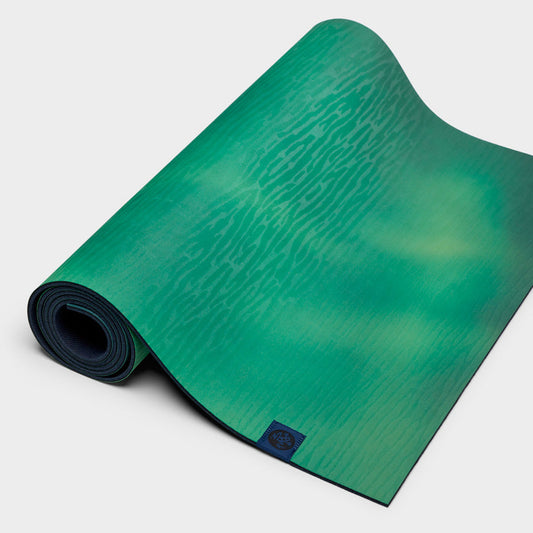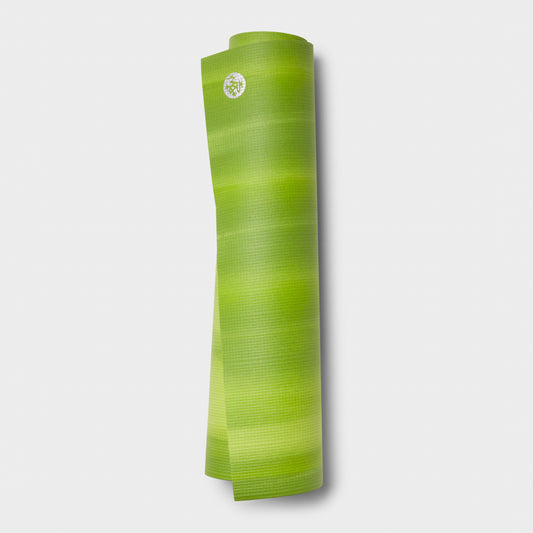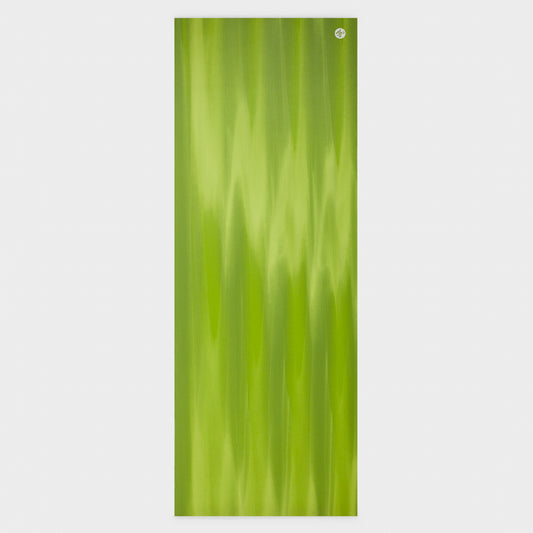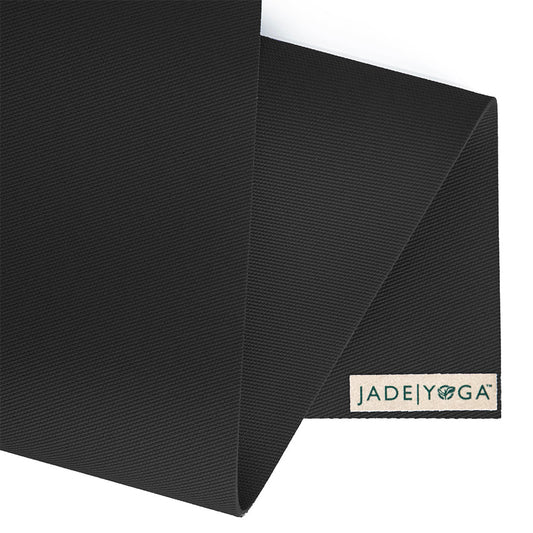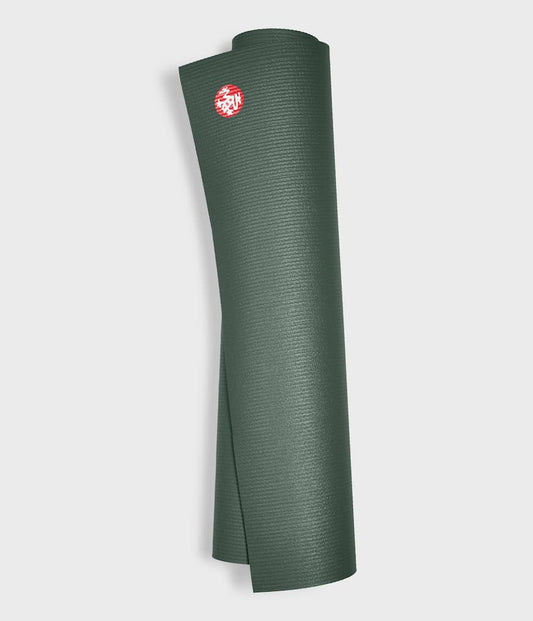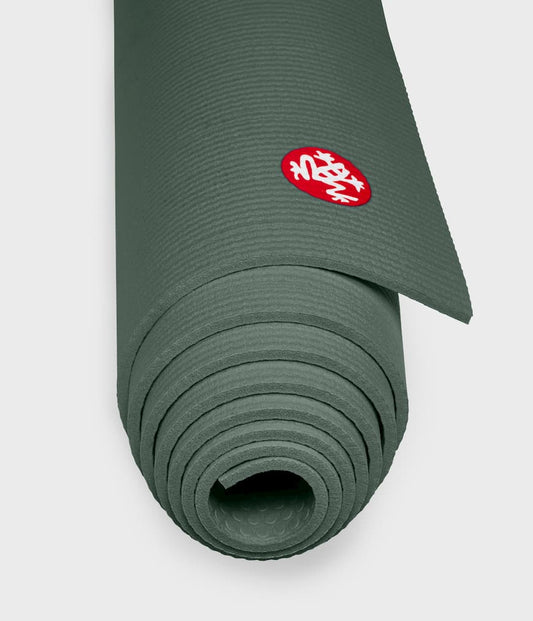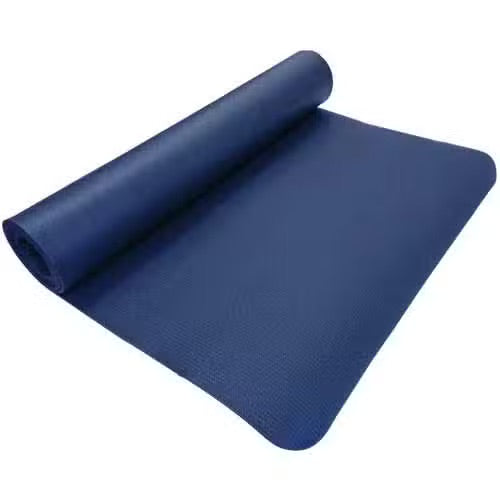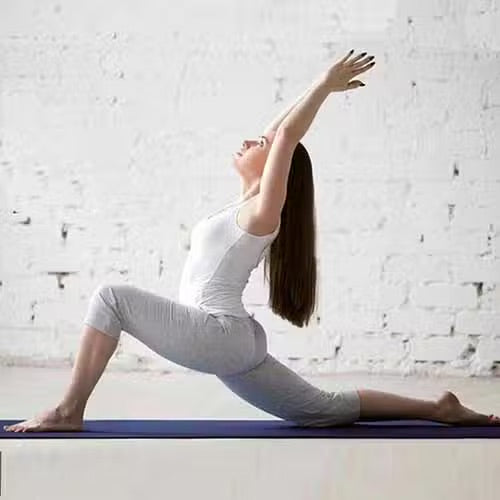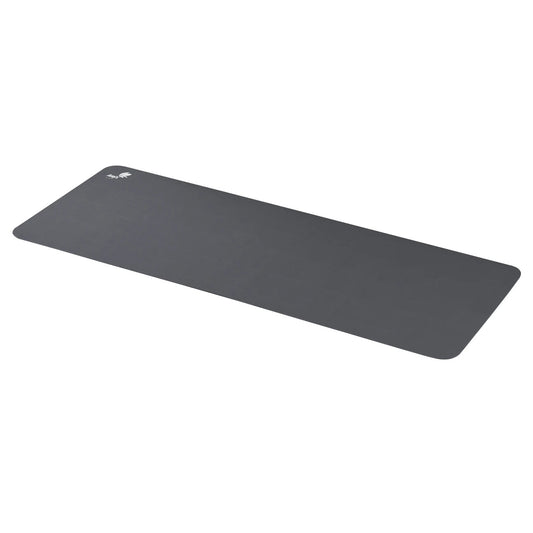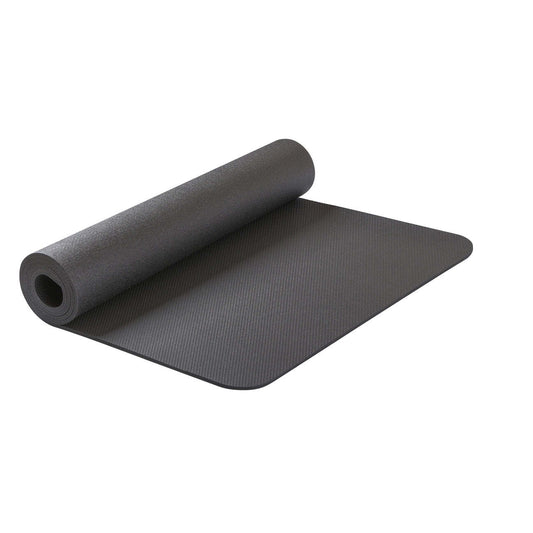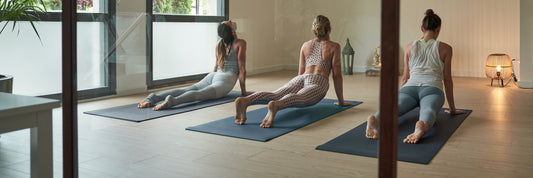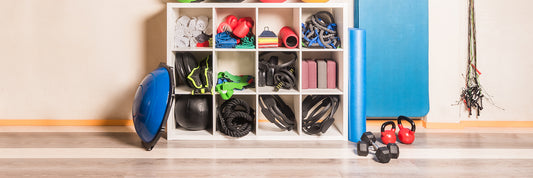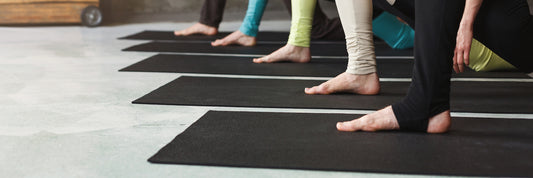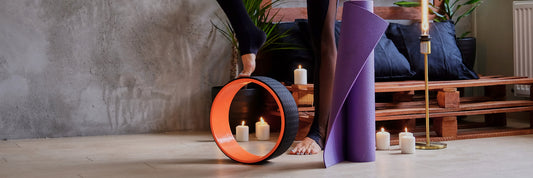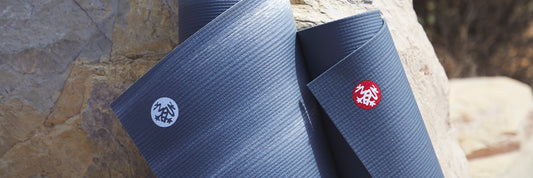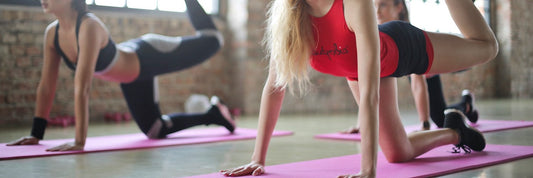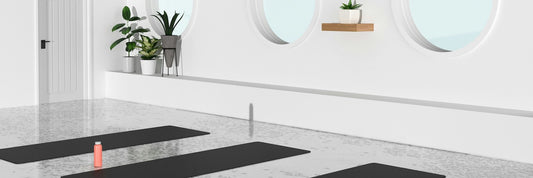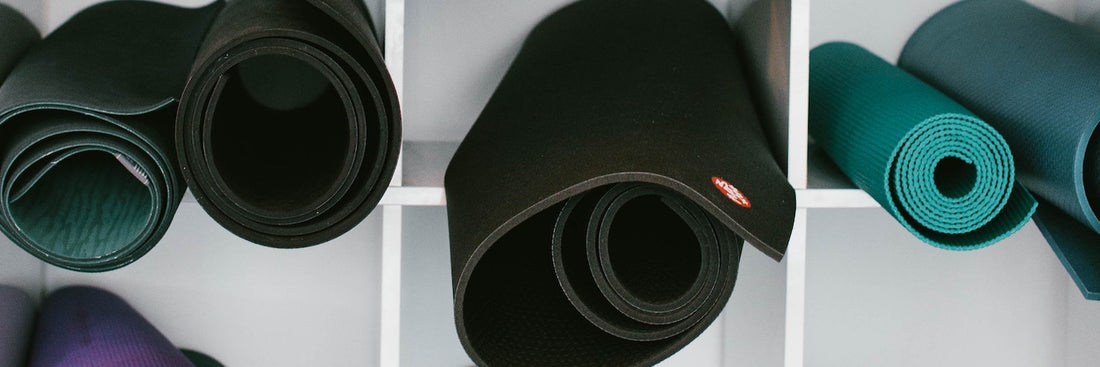
Choosing the Perfect Yoga Mat: A Comprehensive Guide
In the world of yoga, the right equipment can make all the difference in your practice. While there are numerous elements that contribute to a fulfilling yoga session, one of the most essential is choosing the perfect yoga mat. Your yoga mat serves as the foundation for your practice, providing the necessary support, comfort, and stability. But with so many options available, how do you decide which yoga mat is right for you? In this comprehensive guide, we will help you navigate the labyrinth of choices and select the ideal yoga mat that aligns with your preferences and needs. Let's dive in.
Yoga Mat Thickness: Finding the Right Balance
The first factor to consider when selecting a yoga mat is its thickness. Yoga mats come in various thicknesses, typically ranging from 1/16 inch to 1/4 inch. Each thickness has its own set of advantages, and your choice will depend on your specific needs.
- Ultra-Thin (1/16 inch): These mats are incredibly lightweight and easy to transport. They are perfect for yogis who are always on the go or prefer to feel the floor beneath them during their practice. However, they may not provide sufficient cushioning for those with joint sensitivities.
- Standard (1/8 inch): Standard thickness mats strike a balance between comfort and portability. They offer adequate cushioning for most practitioners while still being convenient to carry. This thickness is suitable for various yoga styles, including Hatha, Vinyasa, and Power yoga.
- Extra-Thick (1/4 inch): If you need extra support and cushioning for your joints, especially during poses that put pressure on your knees or wrists, an extra-thick mat is the way to go. These mats are perfect for restorative yoga, Yin yoga, or anyone seeking added comfort.
Ultimately, the thickness of your yoga mat should align with your personal comfort and the type of yoga you practice. It's worth considering a mat with alignment markers if you're new to yoga, as they can help you maintain proper positioning during poses.
Yoga Mat Material: The Building Blocks of Comfort
The material of your yoga mat plays a crucial role in determining its texture, grip, and overall feel. There are several common materials used in yoga mats, each with its own unique characteristics:
- PVC (Polyvinyl Chloride): PVC mats are durable, affordable, and have excellent grip. However, they are not the most environmentally friendly option, as they are not biodegradable.
- TPE (Thermoplastic Elastomer): TPE mats are a more eco-friendly choice, as they are made from recyclable materials. They provide good cushioning and grip, making them suitable for various yoga styles.
- Natural Rubber: Natural rubber mats offer excellent traction and are made from sustainable, biodegradable materials. They are perfect for hot yoga and those who prioritize eco-friendliness.
- Cork: Cork mats have a natural feel and provide an excellent grip. They are antimicrobial and perfect for those who value sustainability and natural materials.
- Jute: Jute mats are made from natural fibers, providing a textured, non-slip surface. They are ideal for eco-conscious yogis who prefer a more rustic feel.
Consider your priorities when selecting a yoga mat material. If eco-friendliness is essential to you, opt for TPE, natural rubber, cork, or jute. If you prioritize grip and durability, PVC and TPE mats might be your top choices.
Yoga Mat Texture: Enhancing Your Grip
The texture of your yoga mat is a critical factor in enhancing your grip and stability during your practice. While some people prefer a smooth surface, others appreciate a more textured feel to prevent slipping. Here are the primary textures you can find in yoga mats:
- Smooth: Smooth mats provide a sleek surface that's easy to clean and maintain. They are great for those who prioritize ease of use.
- Textured: Textured mats have a rougher surface that enhances grip, making them perfect for practices where slipping is a concern.
- Open-Cell vs. Closed-Cell: Open-cell mats absorb moisture, providing an excellent grip during sweaty practices like hot yoga. Closed-cell mats, on the other hand, repel moisture, making them suitable for low-intensity or gentle yoga styles.
Your choice of texture should align with your practice style and personal preferences. If you're unsure, you can try out different mats at your local yoga studio or specialty store to determine which texture feels most comfortable for you.
Choosing the perfect yoga mat is a highly personal decision, and there is no one-size-fits-all answer. To make the best choice, consider your yoga practice style, your comfort preferences, and any environmental concerns you may have. Take your time to explore the various options available, and don't hesitate to seek advice from experienced yogis or instructors.
Your yoga mat is more than just a piece of equipment; it's your companion on your yoga journey. Whether you prefer a thin, portable mat for dynamic flows or an extra-thick mat for restorative sessions, the right mat can elevate your practice to new heights.
In summary, when selecting a yoga mat, consider the thickness, material, and texture that align with your needs and preferences. With the perfect yoga mat under you, you'll be well on your way to a more comfortable, enjoyable, and fulfilling yoga practice.
